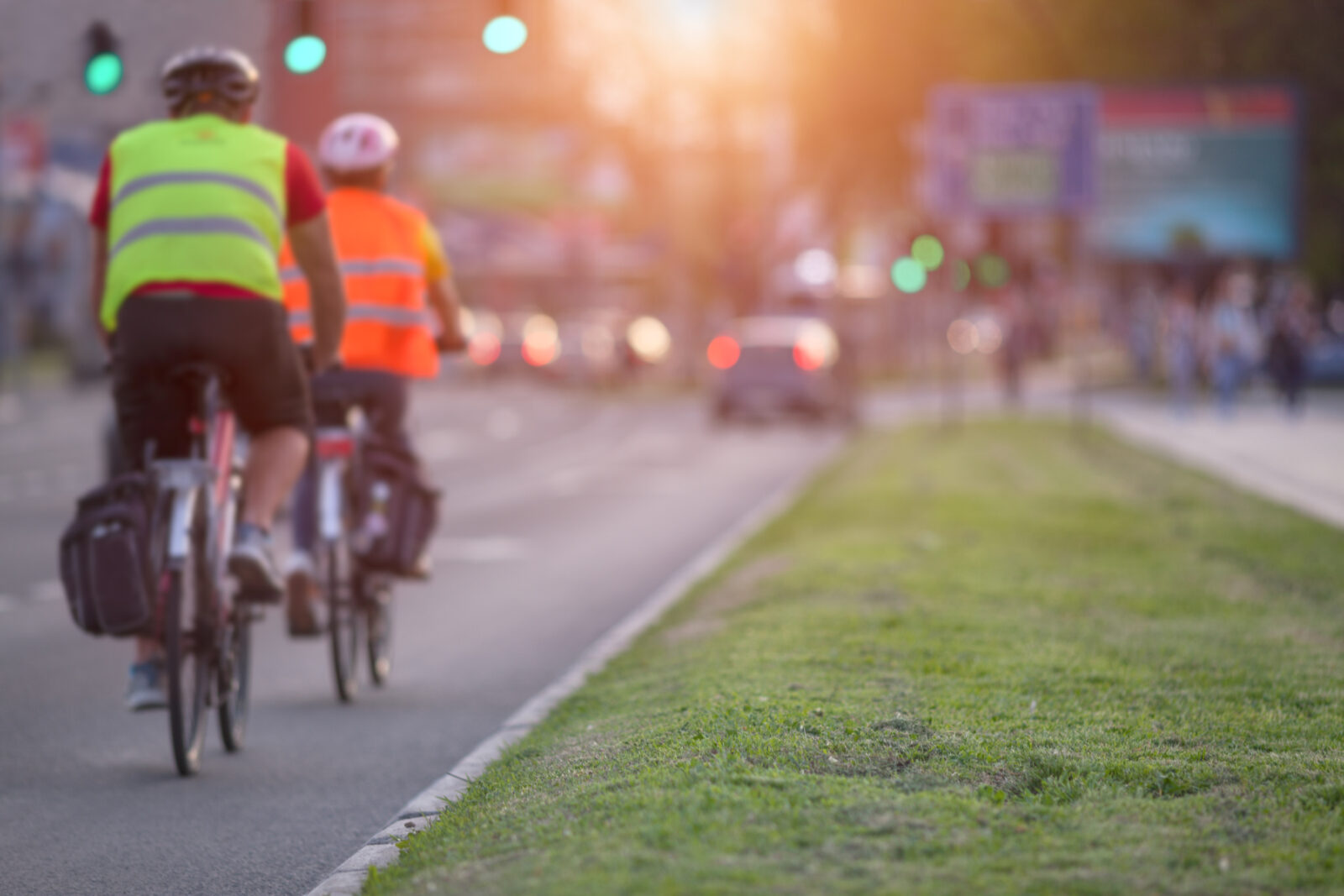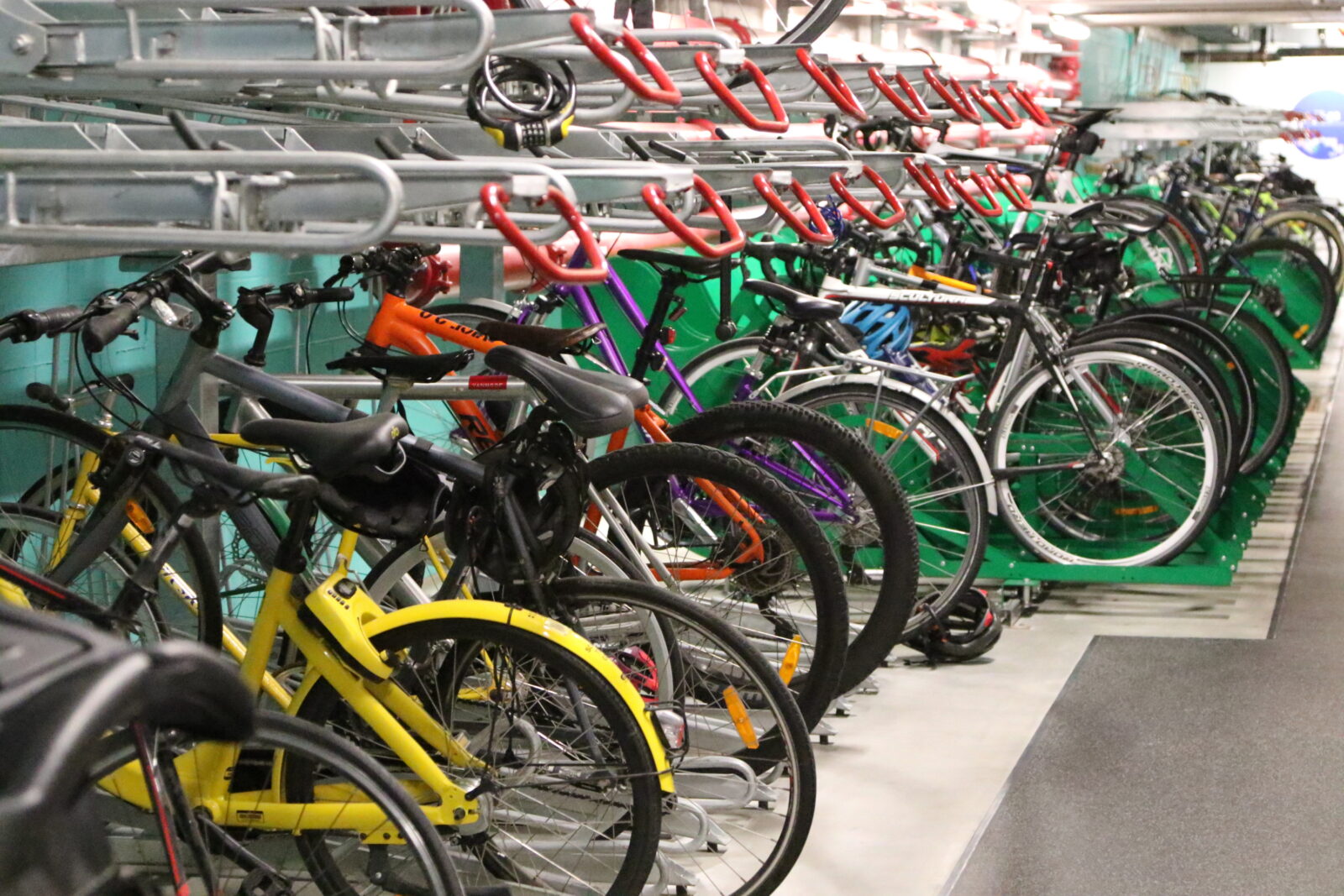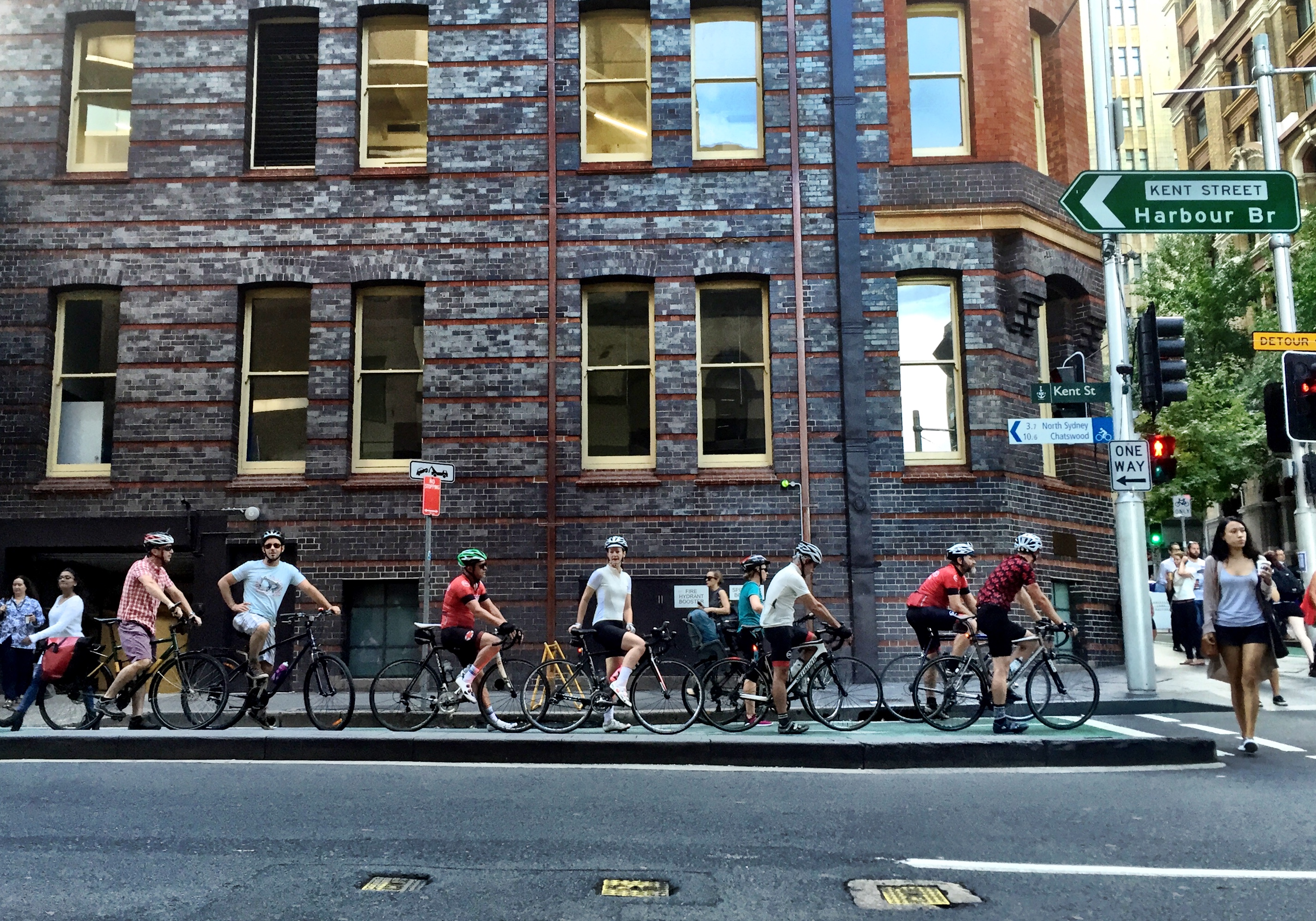Riding a bike to and from work has numerous benefits. Chief among them are environmental gains, easing road congestion, increasing fitness and mood, and saving money.
But it seems that not many of us are doing it. In the most recent Australian Census taken in 2021, only 0.7 per cent of the workforce reported commuting by bike. Although you could argue that the COVID pandemic had a significant influence on that low rate, it was only one per cent of workers in 2016.
To help you think about how commuting by bike could work for you, here are our top tips for getting started.
Which bike?
Ideally, you want a bike that’s not worth thousands of dollars, particularly if you need to leave it in a communal storage area or even tethered to a post during the day. You might have an old bike you haven’t touched since you bought your lovely road bike, or you could consider buying a dedicated commuting bike like a hybrid or flat-bar road bike.
Another option that is growing in popularity is an e-bike. They are great for commuting because you don’t arrive at work lathered in sweat, particularly if your commute involves hills.

Plan your route
There can be several ways to get from point A to point B, and the route you take is not necessarily the same as that you’d take in a car.
Choose a route based on enjoyment and safety rather than because it is faster, flatter, or more efficient. Rehearse and ride the route on the weekend when there are fewer people around and you’re not under pressure to arrive by a certain time.
If you don’t like riding on a rainy day, you’ll need public transport or even a car alternative.
Learn some basic maintenance and carry tools & spares
If you commute alone, you need to know basic maintenance for your bike, like fixing a flat tyre and putting a chain back on. You must also carry a spare tube, a pump or gas cylinders and a few basic tools. And of course, it goes without saying that you should always carry a mobile phone in case you need to call for help.
Light up
Having good visible front and back lights is essential, particularly if you leave early in the morning and return home in the dark. Even in full daylight, lights ensure that motorists, other cyclists, and pedestrians can always see you. Ensure that the batteries are charged the night before or that you’ve replaced the batteries if necessary.
A new category of rear light called Radar lights alerts you via your bike computer on the screen and with a warning sound when a car is approaching from behind. This can be lifesaving, particularly when riding on roads alone. For the front light, a camera and light in one, like the Cycliq Fly12 Sport, will record any incidents with its front-facing camera as well as light the way. Cycliq also makes a rear light version.
Plan your clothing and grooming items
You need to plan two sets of clothing – your riding gear and your work attire. Firstly, your riding gear. I think it’s more important to be seen than fashionable when commuting, so you might consider a fluoro top and vest or at least a light colour. You need to consider different seasons, dress according to your own weather conditions, and carry a lightweight rain jacket for that unexpected downpour.
If you live in a region where magpies and other birds dive bomb riders in Spring, you should also consider a different helmet for commuting than you wear for your local bunch ride. Pie Proof makes a helmet designed to protect your head and ears from magpie strikes with a removable visor and ear covering.
Your work clothing depends on how you dress for work. If you wear clothes that need ironing, you could make a once-a-week trip to work to drop off your clothes for the week and get changed when you reach the office. It’s all in the planning.
Some commuters squeeze their work attire (it’s a good idea to roll your clothes rather than fold them) and grooming items into a backpack and carry them with them. You also need to consider ‘helmet hair’, which is unavoidable, but can sometimes be saved with a bit of carefully applied hair product.
Many companies also offer a pick-up and delivery service for dry cleaning from workplaces, which can be convenient for bike commuters.
Many forward-thinking employers now offer bike lockers and grooming facilities, but if yours doesn’t, there may be some nearby facilities, like a local gym or shopping centre, where you can shower and even store your bike. Plus, if your commute is short, you might get away without having a shower when you get to work.

Good quality lock
Depending on where you store your bike during the workday, you may need a high-quality lock to tether it. The strongest locks are large D-style locks or cable locks like those from Kryptonite, made of reinforced metal. Consider a lock that goes through the wheels and around the frame, which might mean multiple locks.
The Kryptonite Evolution Mini-7 with Flex Cable includes a 13mm hardened steel shackle that resists bolt cutters and leverage attacks, a flexible cable, plus a bracket to mount it on the bike.
Nicola Rutzou – a long-time contributor and, most recently, the editor of Bicycling Australia. Nicola is a keen Sydney-based road cyclist who writes reviews, news, and destination pieces, as well as the weekly e-newsletter for BA online.


